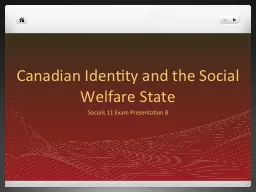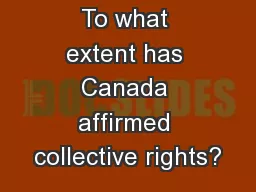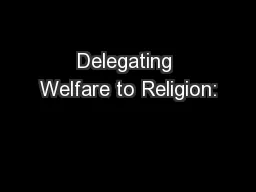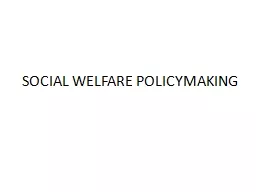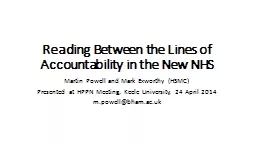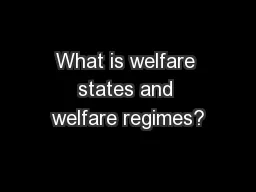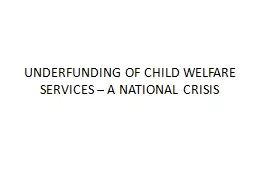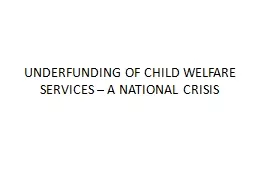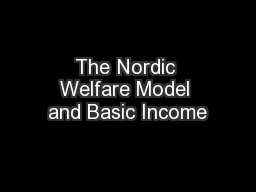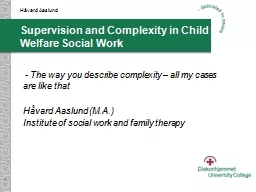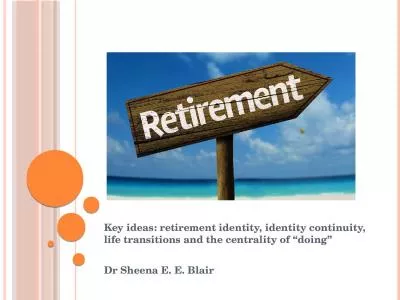PPT-Canadian Identity and the Social Welfare State
Author : myesha-ticknor | Published Date : 2016-08-16
Socials 11 Exam Presentation 8 What makes Canada unique What do you think is special about Canada What makes Canada different from US Gun controlviolence Canada
Presentation Embed Code
Download Presentation
Download Presentation The PPT/PDF document "Canadian Identity and the Social Welfare..." is the property of its rightful owner. Permission is granted to download and print the materials on this website for personal, non-commercial use only, and to display it on your personal computer provided you do not modify the materials and that you retain all copyright notices contained in the materials. By downloading content from our website, you accept the terms of this agreement.
Canadian Identity and the Social Welfare State: Transcript
Download Rules Of Document
"Canadian Identity and the Social Welfare State"The content belongs to its owner. You may download and print it for personal use, without modification, and keep all copyright notices. By downloading, you agree to these terms.
Related Documents

